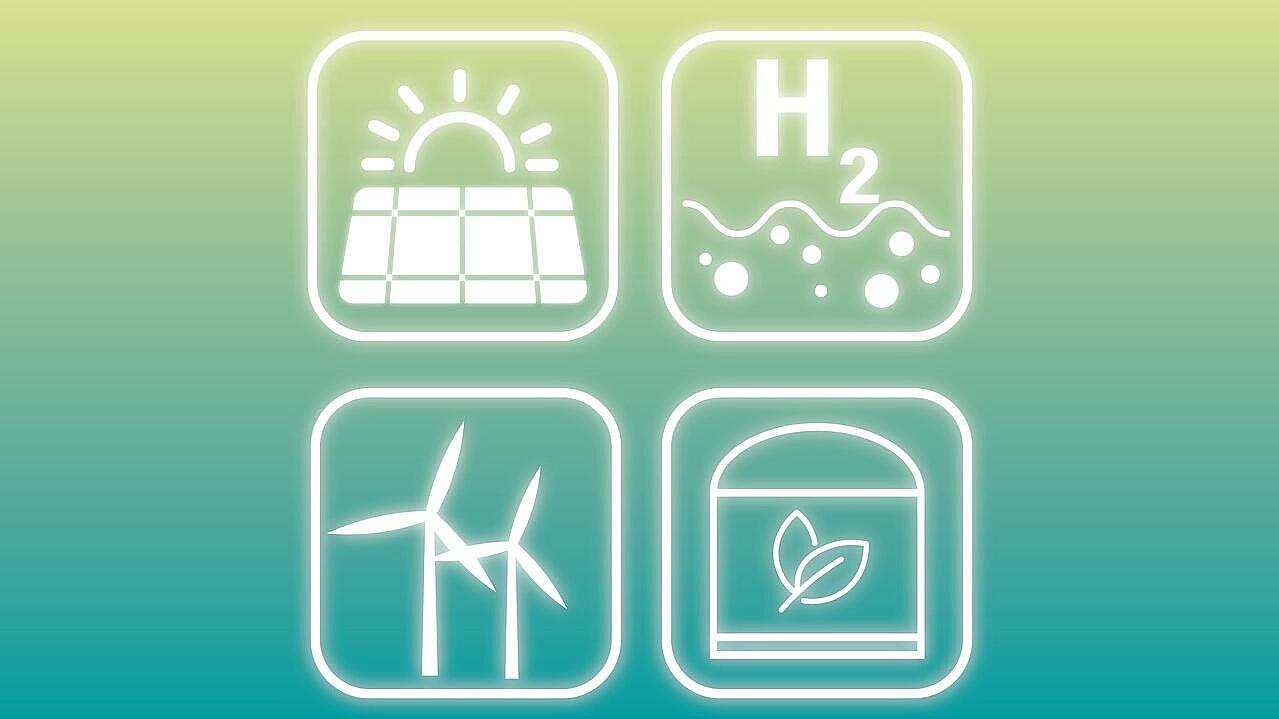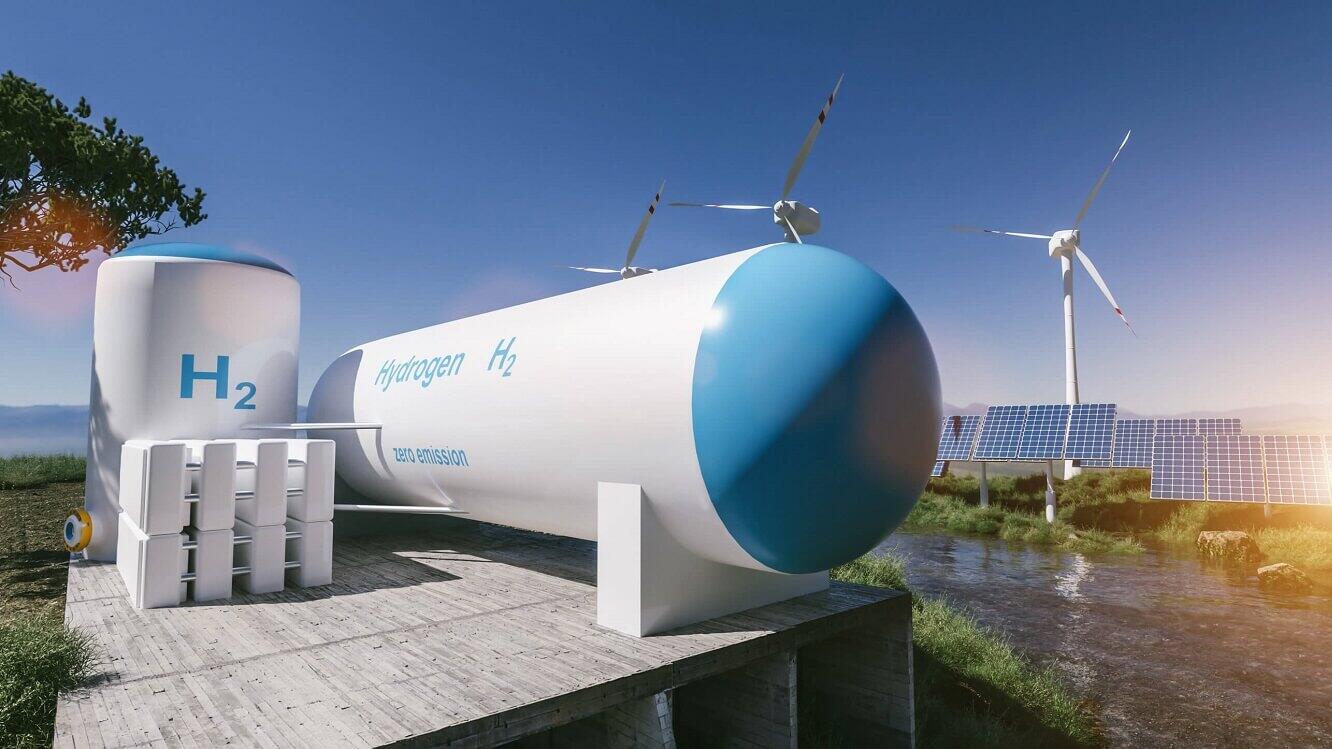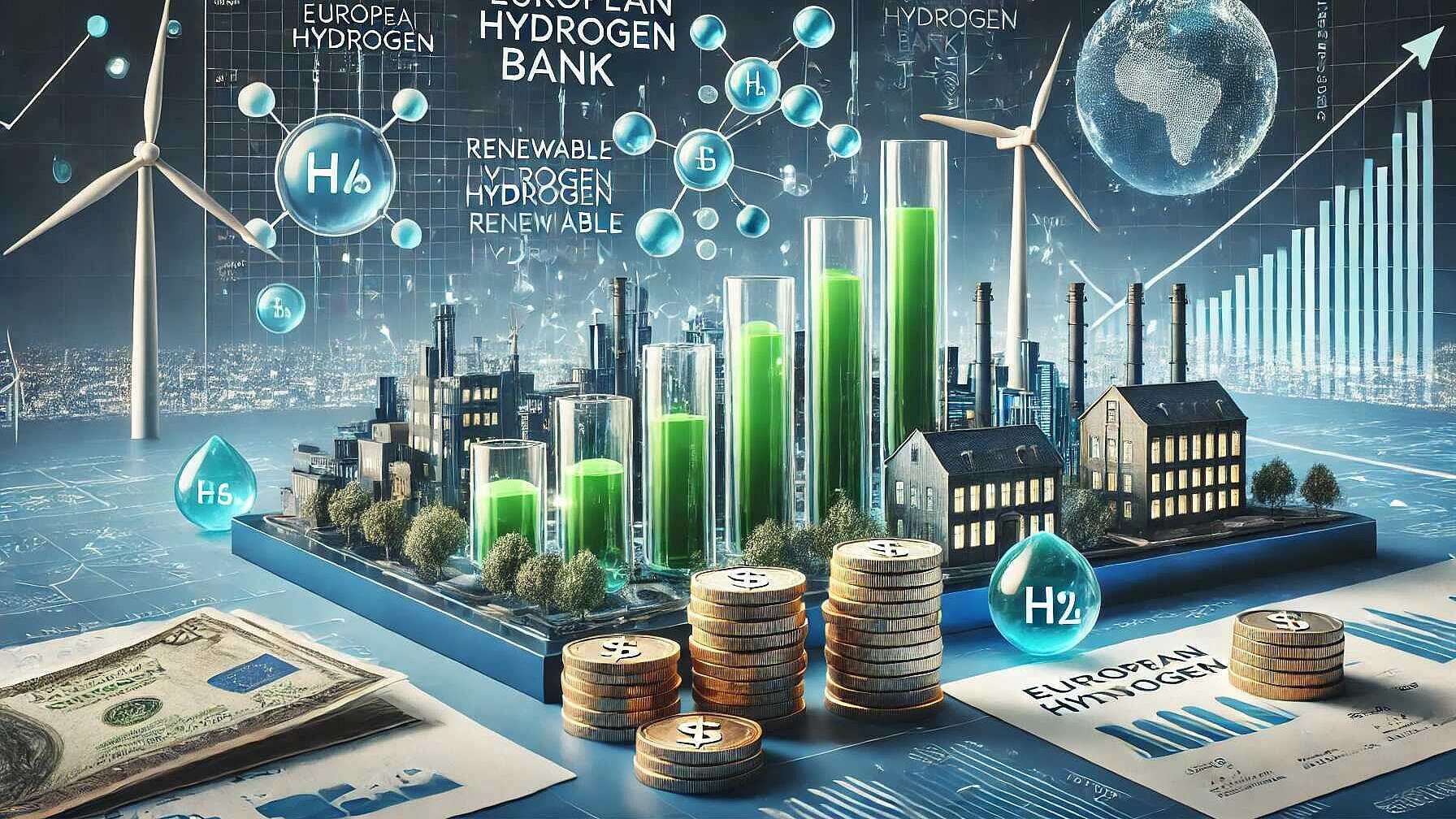 Energy Infrastructure
Energy InfrastructureWhat is green hydrogen?
Summary
Hydrogen is emerging as a potential solution for reducing dependence on fossil fuels and combating climate change. In applications where direct use of electricity is impractical, such as international shipping, aviation, and certain industrial processes, green hydrogen—a form produced by renewable energy sources like wind and solar—offers a clean alternative. However, not all hydrogen is created equally: grey or black hydrogen, the most common type, is produced from fossil fuels and emits considerable CO2. Alternative blue hydrogen incorporates carbon capture and storage (CCS), but its climate benefits are negated by methane emissions from gas production. Pink hydrogen, derived from nuclear power, poses issues with toxic waste management. Green hydrogen currently represents less than 1% of production but is the only type that is truly clean and sustainable. Future hydrogen economy should focus on responsibly produced and traded green hydrogen to ensure environmental benefits.
Open full article
What is green hydrogen?
Hydrogen is currently on everyone's lips: scientists, politicians, investors - even oil companies.
what's it all about and why is it important?
To combat the climate catastrophe, we need to stop burning fossil fuels as soon as possible. Fortunately, we have the solution at hand: save energy, use energy efficiently and cover the remaining demand with inexhaustible renewable energies, especially wind and solar energy. However, there are some areas of application for fossil fuels where electricity cannot be used because a cable connection or a battery is not practical, for example in international shipping and aviation.
Or because the industrial process requires specific reactions, as in the steel industry and some chemical industries. For such applications - and only for these - green hydrogen is the right choice.
Produced with renewable energy, it is a way to store and transport large amounts of clean, renewable energy. Confusion often arises from the fact that hydrogen can be produced in different ways, which are labelled with different colours:
The currently dominant form is grey or black hydrogen, which is produced by combining fossil gas or coal with steam. Its production releases large amounts of carbon dioxide into the atmosphere. Not clean at all.
The fossil fuel lobby then argues that the CO2 could be captured and stored in the ground through a process called CCS, which they call blue hydrogen, but there's a catch: if we take into account all the methane released during the production of fossil gas, blue hydrogen can be just as harmful to the climate as burning fossil fuels directly.
Hydrogen can also be produced by electrolysis of water with electricity, depending on the source of the electricity: pink hydrogen is produced from "risky" nuclear energy, leaving a legacy of highly toxic waste that needs to be stored safely for thousands of years.
Green hydrogen is produced from renewable energy, mainly wind and solar power. Unfortunately, it currently accounts for less than 1% of today's hydrogen production. But only green hydrogen can be truly clean and sustainable.So if we need hydrogen for some applications, it has to be green hydrogen! But even then, we need to make sure that it is not only produced sustainably, but also traded responsibly.
And here the full color overview ee-ip.org/en/article/cracking-the-hydrogen-colour-code-5907
This article is based on a Youtube video from the Heinrich Böll Stiftung (check youtu.be/AAYp9oX28iM) and part of an experimental phase testing tools for cross-over - in this case "video-to-article"
Please feel free to drop me a line, we are happy to receive any comment, suggestion you might have. You find contact details and social media profiles in my author profile.



